2017 Free Fishing Day in Texas
Wednesday, May 31st, 2017This is Passport to Texas
During National Fishing and Boating Week, most states offer free fishing days. These are days where anglers are allowed to fish on public bodies of water without a fishing license. Anyone who wishes to cast a line in fresh or saltwater may do so…freely.
This year free fishing day in Texas is June 3rd.
Every day is Free Fishing Day at Texas state parks that have fishing opportunities. Once you pay the park entrance fee, you and yours can fish to your heart’s content—while following bag limits and other regulations.
If you’re not currently an angler, but want to give it a try, some parks have tackle loaner programs. Borrow the tackle to use at the park, but bring your own bait. For very little investment, you can sample a sport that gets you outdoors and has the potential of putting food on the table.
On June 3rd in East Texas, the Texas freshwater Fisheries Center offers a day of free fishing, hot dogs, soft drinks and games. Other parks throughout the state offer Go Fish events and Kids fishing derbies on June 3rd, for a day of outdoor fun with family and friends.
Log onto the calendar page of the Texas Parks and Wildlife website for more angling opportunities.
We receive support for our program from the Sport Fish restoration Program… reminding you that Saturday June 3rd is Free Fishing Day in Texas.
For Texas Parks and Wildlife…I’m Cecilia Nasti.
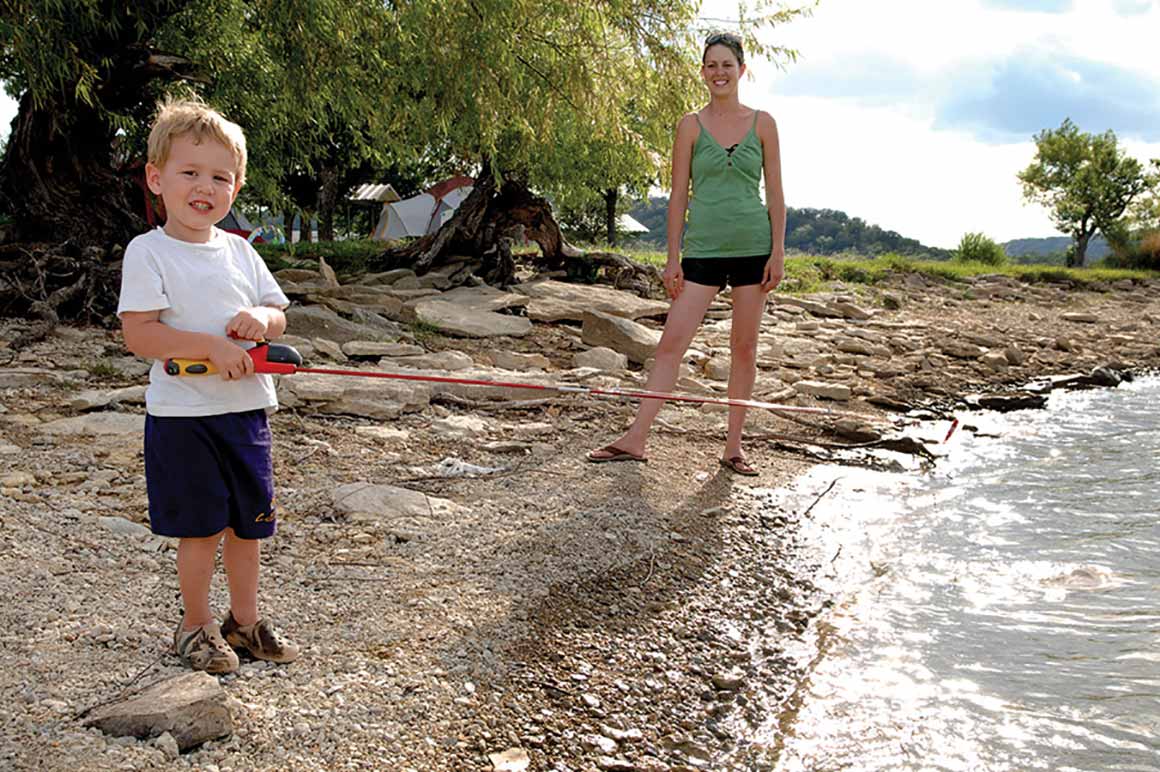

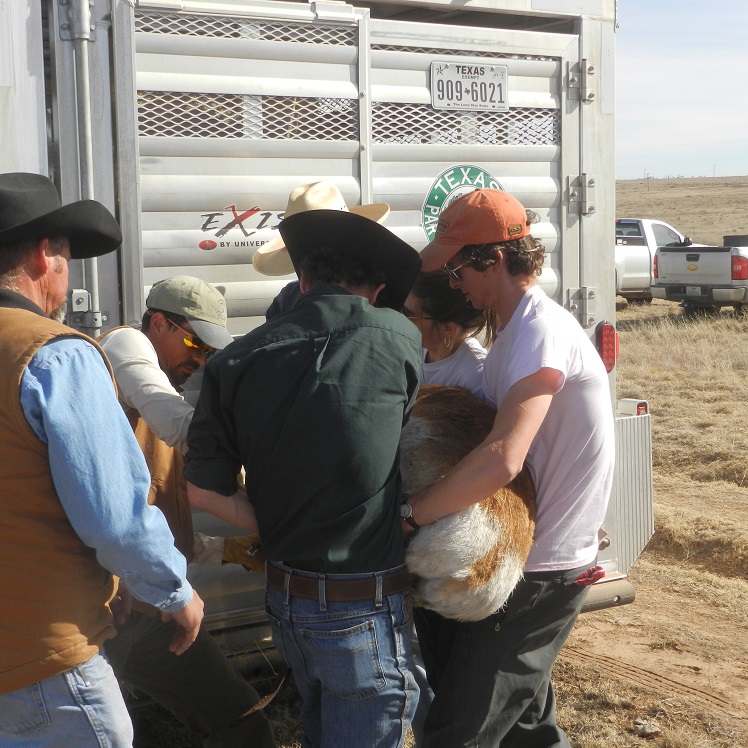
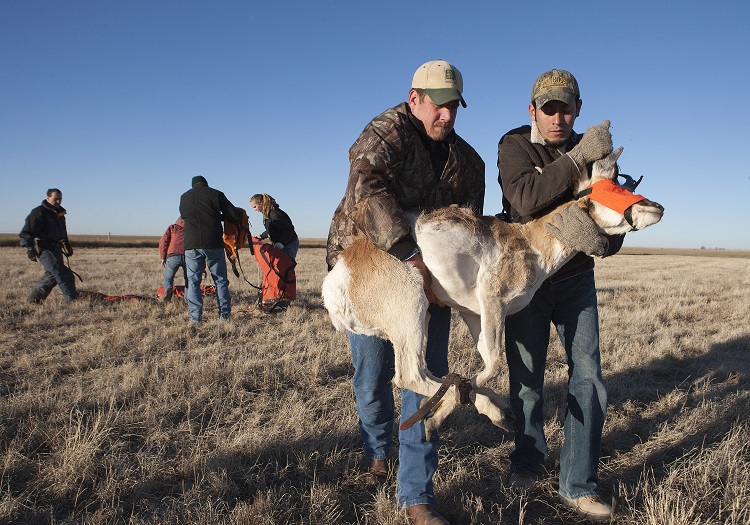
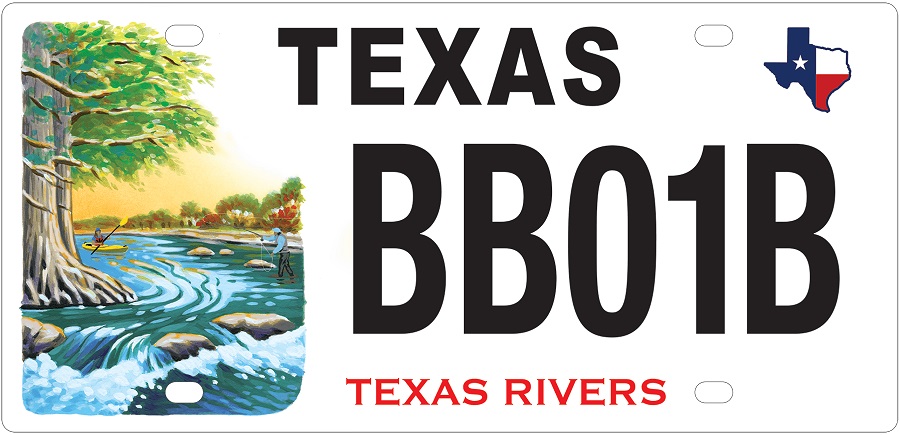
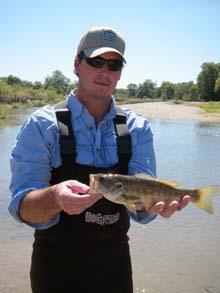

 Passport to Texas is a
Passport to Texas is a  Passport to Texas is made available by:
Passport to Texas is made available by: